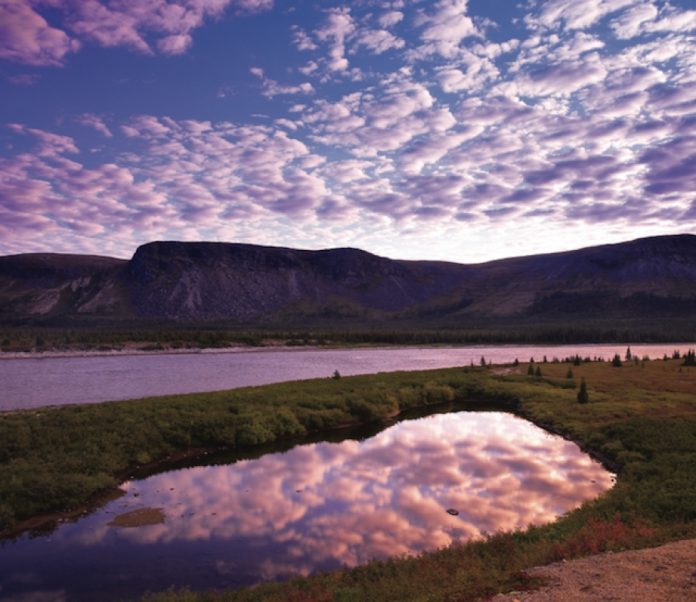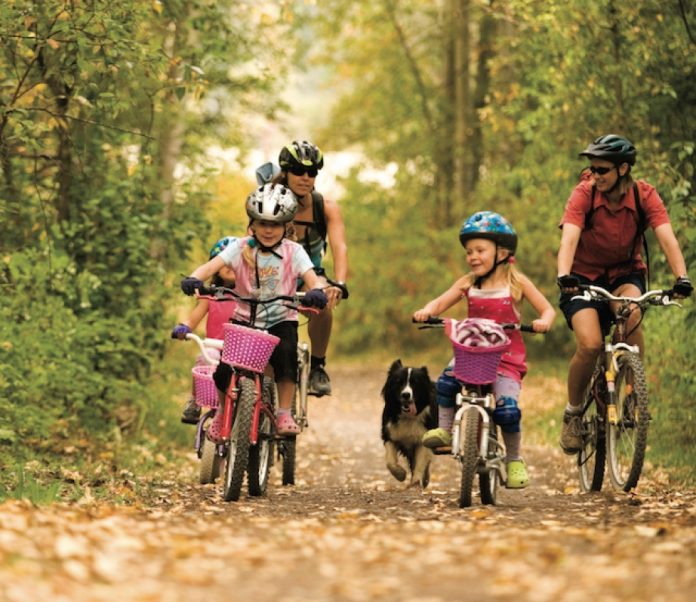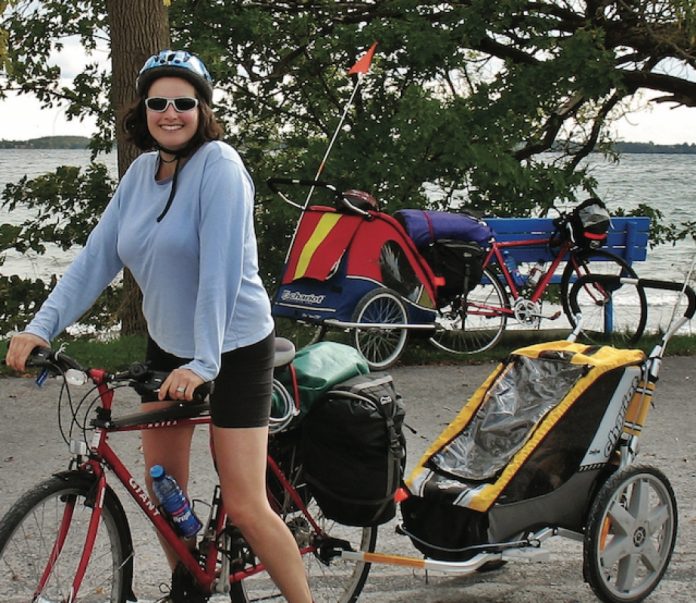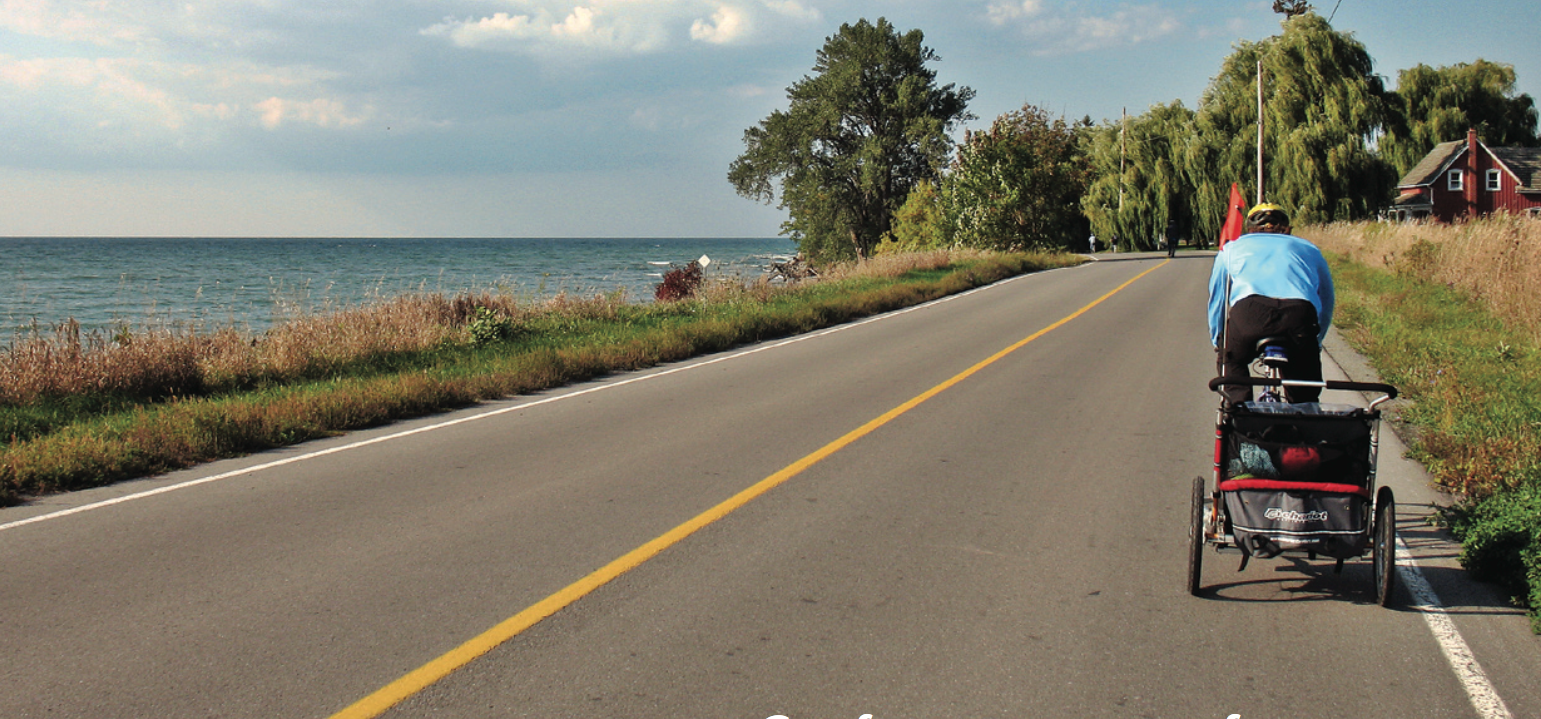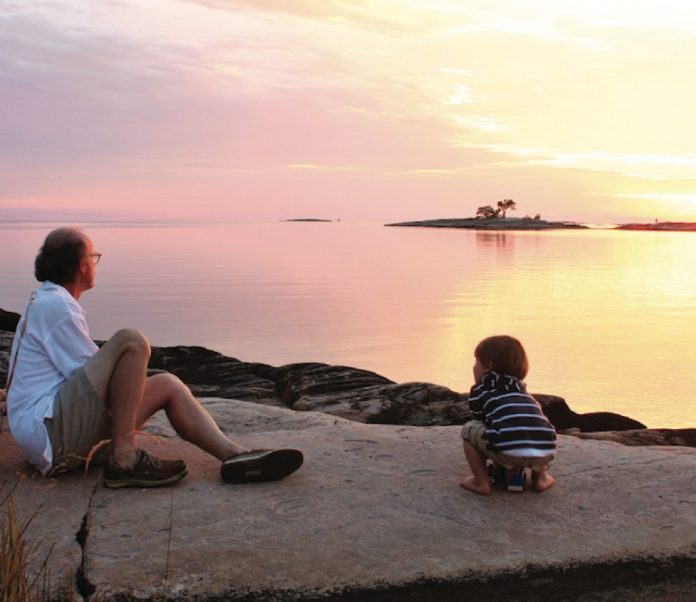X stands for crossing the English Channel, away from the strict Greenland-inspired, rigid-skeg-controlled British tradition to the more laissez-faire, relaxed attitude of the French and their large-proportioned folding kayaks with big rudders: The Dagger Euro-X is an imaginative hybrid that unashamedly tacks a rudder and some extra volume on a boat with visible Greenland ancestry.
X is for extra-large. This is a deep boat for larger paddlers and multi-day trips; storage space is ample. With a light load, the Euro-X promises a dry ride, bobbing above the waves like a message bottle on the Dead Sea.
Despite its high-riding feel, the X is well balanced in wind, showing little weathercocking in a mild crosswind. In stronger cross or rear quartering winds, the rudder becomes a nice energy saver (the rest of the time, it sits in a groove on the back deck to prevent the foot pedals from being overly mushy).
X is for excellent performance. We were favourably surprised to discover that the Euro-X has a spirit that belies her size. Nothing fancy here—just a standard shallow-V, soft-chine hull—yet turning performance is as nimble as a hard-chine boat while the long waterline and minimal rocker provide good speed.
Moderate initial stability makes it easy to put the X on edge to carve an outside turn or execute other advanced manoeuvres like a bow-draw turn. High secondary stability offers a clear point of resistance when trying to edge the boat steeply. This combination makes the X pleasingly easy to tilt for controlling direction in surf and to recover when you lose your balance—excellent for intermediate paddlers developing confidence on edge.
X marks a cross-purpose design for the generously proportioned and indecisive. It strikes a great balance between sportiness and high volume, between traits of the large, comfortable ruddered cruisers of Europe and North America and the lively Greenland-inspired boats of the Brits.
The Euro-X is an enjoyable value-priced boat. It’s almost perfect for larger paddlers looking for an affordable expedition vehicle or rock-resistant ocean playboat.
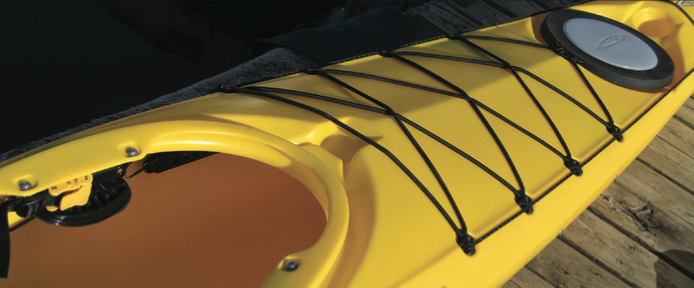
X-CELLENT BACK SUPPORT
The gel-padded bucket seat extends forward to cradle the thighs and holds a water bottle. The wide seat’s built-in hip support can be padded out to suit smaller buns. The mid-height back support is a reasonable compromise between the needs of back-deck rollers and laid back boomers.
THE X COMES WITH A HEX
An included hex wrench adjusts the padded plastic thigh braces in almost every direction, allowing just about any large paddler to get a grip. Dagger spares no adjustment options for the backband: there are two straps for macro adjustments and two ratchets for micro tweaks.
X IS FOR ACCESSORIES
Cool “X-cessories” include a locking bar behind the seat, comfy rubberized grippy handles, moulded GPS and compass recesses, and a smooth, easy-to-reach rudder control beside the cockpit. The packing convenience of a large oval hatch is sacrificed for the security and deck space afforded by the small round bow hatch.
SPECS
length: 16 ft 8 in (5 m)
width: 23.5 in (59 cm)
weight: 65 lbs (29.5 kg)
max load: 400 lbs (181 kg)
cockpit: 35 x 18.5 in (89 x 47 cm)
MSRP: $1999 CD, 1675 USD
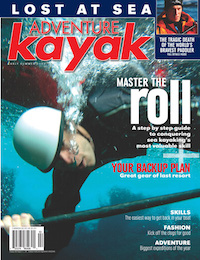 This article first appeared in the Early Summer 2007 issue of Adventure Kayak magazine. For more boat reviews, subscribe to Adventure Kayak’s print and digital editions here.
This article first appeared in the Early Summer 2007 issue of Adventure Kayak magazine. For more boat reviews, subscribe to Adventure Kayak’s print and digital editions here.



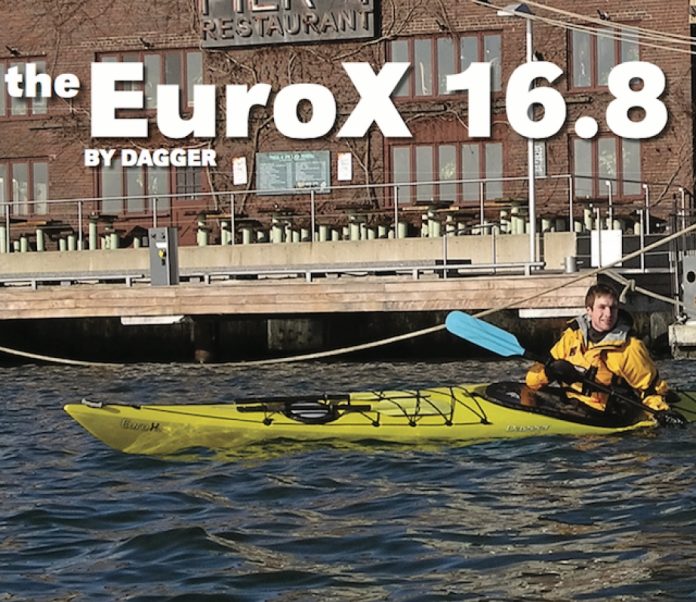
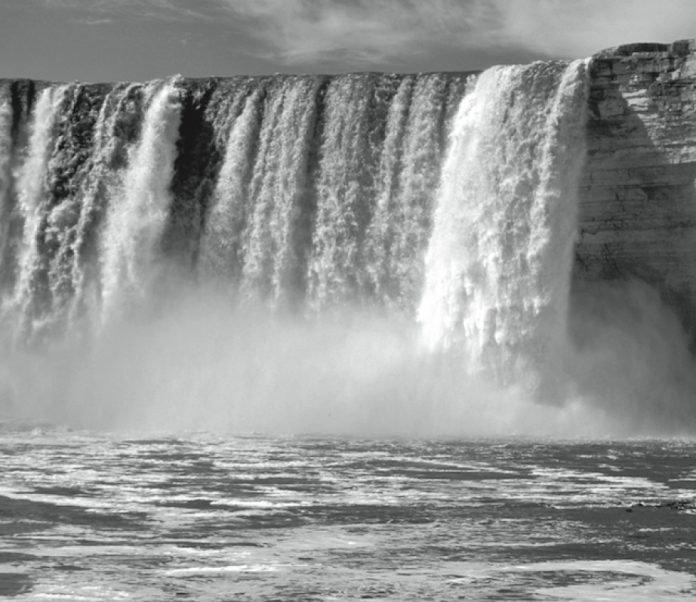
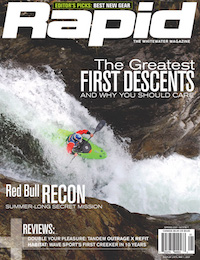 This article first appeared in the Spring 2007 issue of Rapid Magazine. For more great content, subscribe to Rapid’s print and digital editions
This article first appeared in the Spring 2007 issue of Rapid Magazine. For more great content, subscribe to Rapid’s print and digital editions 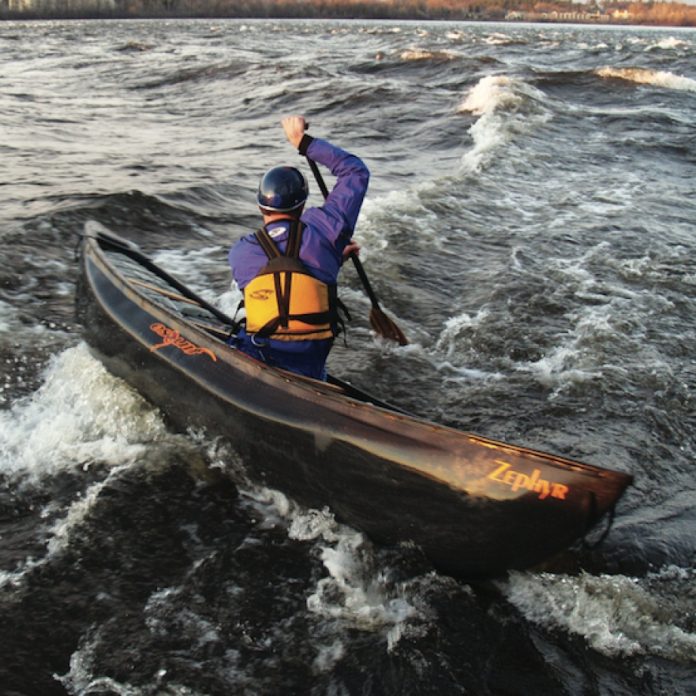
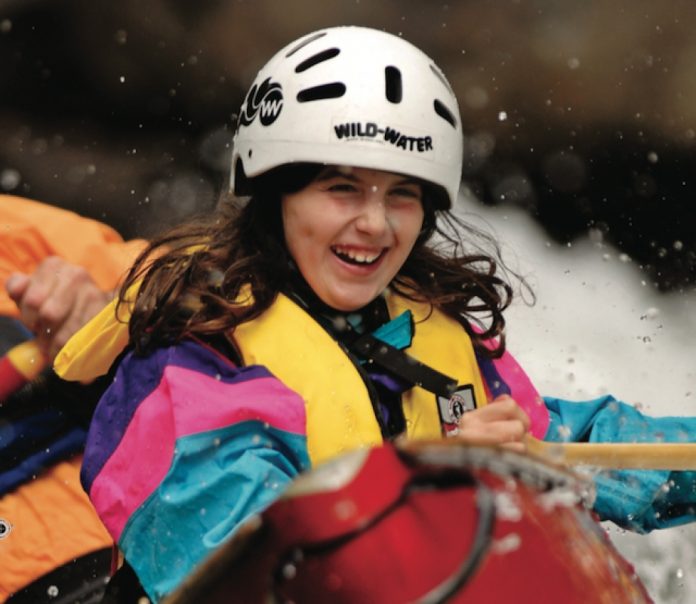
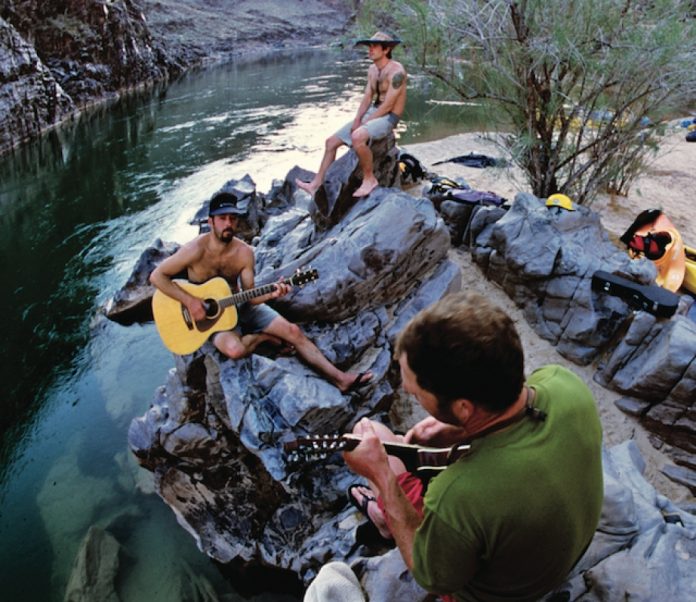
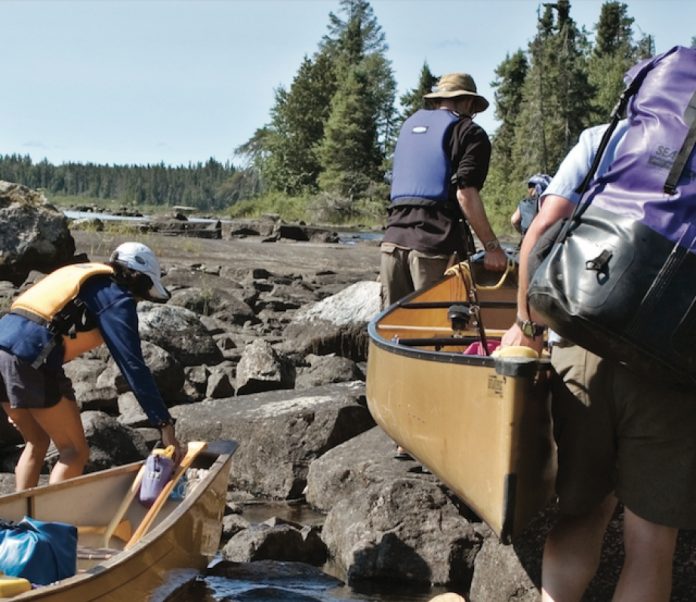
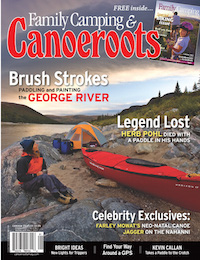 This article first appeared in the Spring 2007 issue of Canoeroots Magazine. For more great content, subscribe to Canoeroots’ print and digital editions
This article first appeared in the Spring 2007 issue of Canoeroots Magazine. For more great content, subscribe to Canoeroots’ print and digital editions 